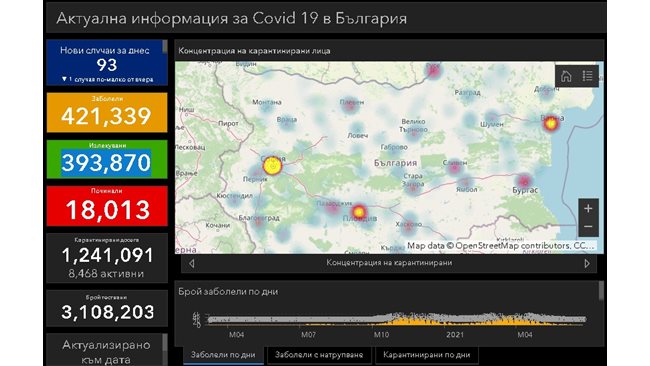More than 250 million years ago, at the end of the Permian, the last period of the Paleozoic era, the endurance of life was put to the test. At that time, nine out of ten marine species disappeared, along with almost 75% of terrestrial species, in a phenomenon called, today, “The Great Death”, the largest of all extinctions on Earth.
Many scholars believe that the Great Death, the mother of all extinctions, was caused by a significant number of volcanic eruptions in the area where Siberia is today. But, according to a study published recently in Nature Communications, they were just one factor, which, in turn, was motivated by something.
advertising
Now experts have discovered what appears to have been the wick: traces of a nickel isotope that altered the chemistry of the oceans, triggering a domino effect that ended up suffocating animals around the world.
Building a theory about the mother of all extinctions is a forensic exercise on an epic scale. Evidence abounds, from the litany of fossils to vast slabs of igneous rock deposited in a series of cataclysmic eruptions nearly XNUMX million years ago.
A global climate change fueled by volcanic eruptions, raising temperatures and robbing oceans of oxygen – a true horror movie setting. On land, the story was equally bleak. Plants withstood the change well, but over thousands of years land animals gradually disappeared.

Image: Playback / University of Washington
Is it related to global warming, due to a wave of greenhouse gases? Would ozone-depleting compounds blow a hole in the atmosphere? Did something lead to the massive poisoning of the oceans?
A strip of rock in a province of China holds the secret of Earth’s greatest extinction
A significant clue to these questions can be found in the geology of Meishan, in China’s Zhejiang province. For decades, this compressed rock band served as the defining milestone of the end of the Permian and the beginning of the Triassic. It concentrates an unusual volume of nickel.
“Nickel is an essential trace metal for many organisms, but an increase in the abundance of nickel would have led to an abnormal increase in the productivity of methanogens, microorganisms that produce methane gas,” explains geochemist Laura Wasylenki of the Universidad del Norte of Arizona (Northern Arizona University).
Aerosols released by volcanoes are undoubtedly a source of the metal, but other more localized environmental factors would need to be ruled out before definitive claims could be made.
Wasylenki and his team analyzed black shale samples taken from the Canadian Arctic, representing deposits with and without oxygen deposited during the late Permian mass extinction.
The concentrations of a specific nickel isotope were tracked along with the total amount of the element over an extended period and then compared to the predictions of various explanatory models.
It was observed that, although the amounts of the isotope barely changed over the horizon of the extinction event, the total concentration of nickel plummeted, indicating an uptake of the nutrient by an explosion of nickel-hungry microbes.
Its rapid growth in low oxygen conditions, and the expulsion of large amounts of methane, would be bad news for everyone, not only contributing to greenhouse gases, but also removing organic carbon from the environment, which would feed a network. food that would absorb oxygen material available from the depths of the ocean.
“Our data provide a direct link between the global dispersion of aerosols rich in [níquel], changes in ocean chemistry and the mass extinction event, “Wasylenki said.
According to the research, changes in ocean chemistry would have occurred over hundreds of thousands of years, a timeline reflected in other studies.
Studying nickel isotopes to better understand fluctuations in chemistry in the distant past is a relatively new geological tool, but it can be used to solve the mystery of other ancient events.
While there is no closed case in science, the story behind one of the most catastrophic events in all of biology is slowly unraveling.
Via: Science alert
Have you seen our new videos on YouTube? Subscribe to our channel!
–


